Shaftesbury school for little girls
In 1903 to commemorate the 60th Anniversary of the National Refuge for Destitute and Homeless Children, the society, then known as Shaftesbury Society, proposed a development to provide training and education for girls aged between 5 and 11 years, who were orphans or from families of low income.
The search for land
An advert appeared in the local paper, the Royston Crow, in February 1906. Solicitors Nash Son and Rowley stated that land was to be auctioned on behalf of Viscount Hampden, fronting the main road commencing at Priory Lane and extending along Barkway Road. There was also two building sites suitable for erection of a country residence with extensive views over the town of Royston.
Some of the land was aquired on behalf of the National Refuges for Homeless and Destitute Children with the commitment of two of Royston and district’s philantropists, Catherine Fordham and her son Arthur Russell Fordham. The name of the Fordham family had been associated with the Society from its foundation, with donations for furnishings and other resources. Arthur Russell Fordham was to become its first Chairman of the House Committee. The first Treasurer was John Hampden Fordham.
The Shaftesbury Society
Learn more about the Shaftesbury Society and its beginnings by following this link.
The Ragged Schools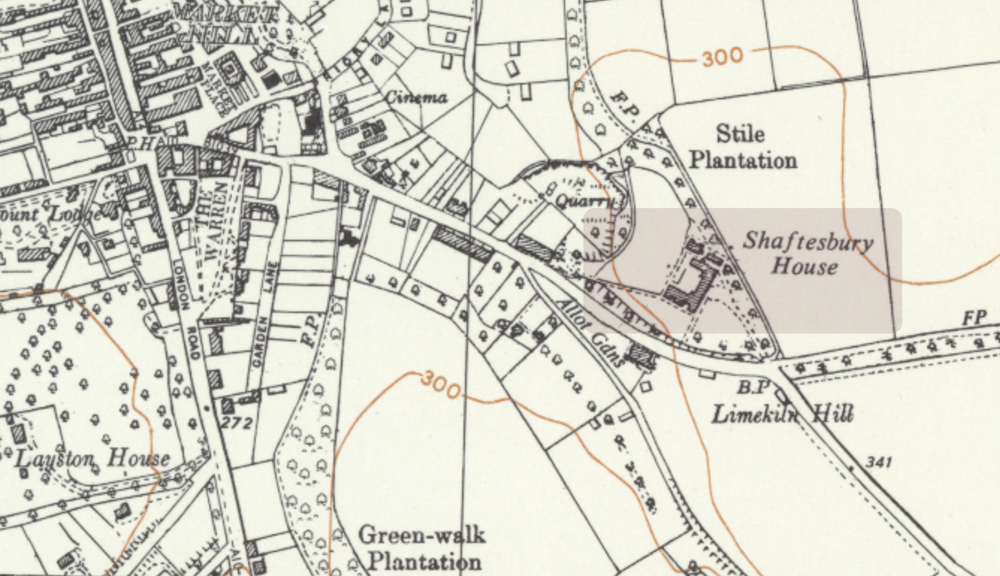
Ordnance Survey 1:10,560, 1949-1969
The map of Royston highlights Shaftesbury House on the north side of the Barkway Road.
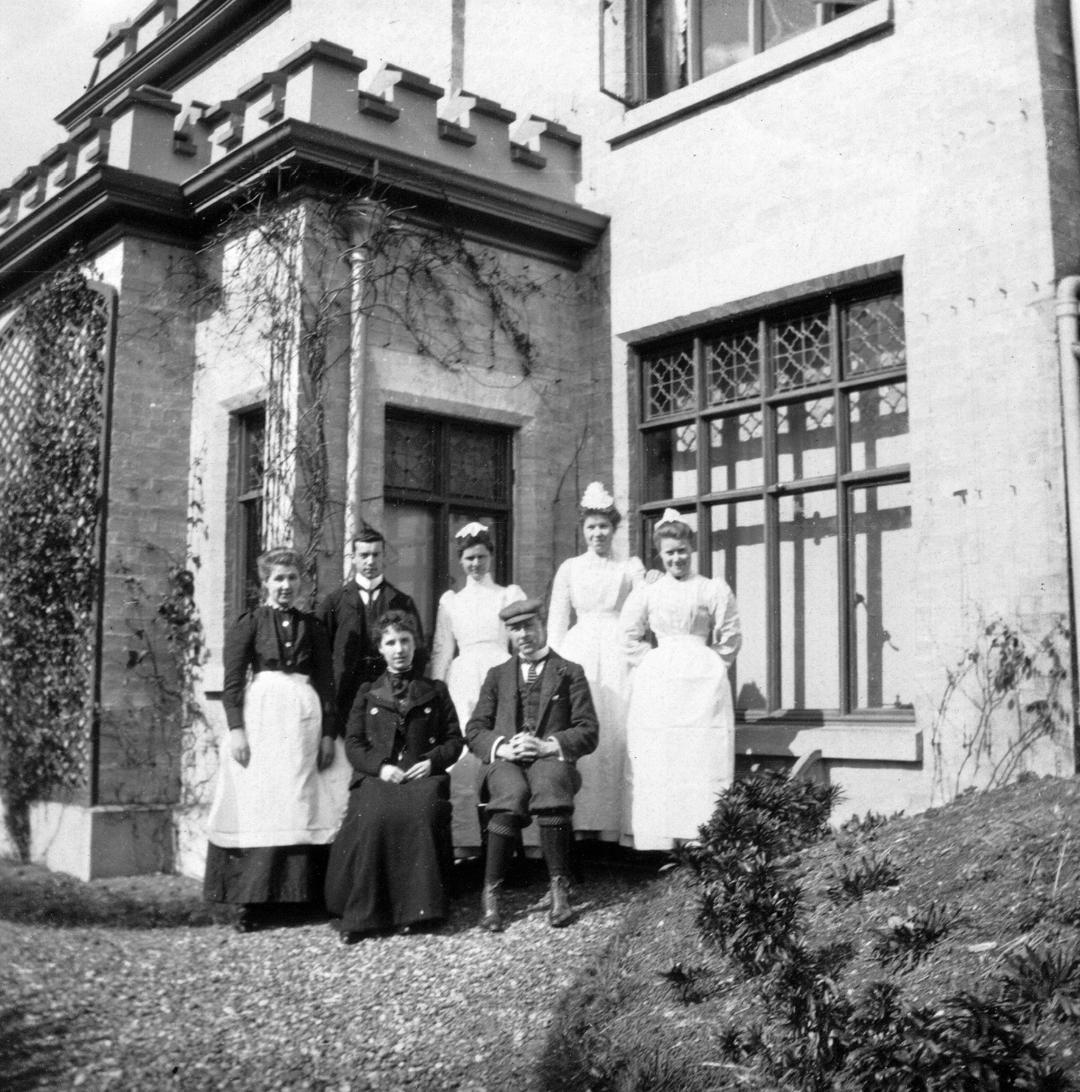
Arthur Russell Fordham, his wife and servants outside their home at Melbourn Bury.
Photograph : Peter Simmonett, Melbourn History Group
The Royston Crow’s edition of 18th May 1906 reported on the proposal to be discussed at the local council.
The business agenda at the annual meeting of the Royston Urban District Council on Monday. The item in the agenda which will probably interest Roystonians most is the intimation that the National Refuges for Homeless and Destitute Children are contemplating the erection of a Home on the Barkway Road. It is not surprising that such Institutions should seek a healthy bracing air for their protégés, and in the neighbourhood of Royston they will certainly find it.
The building
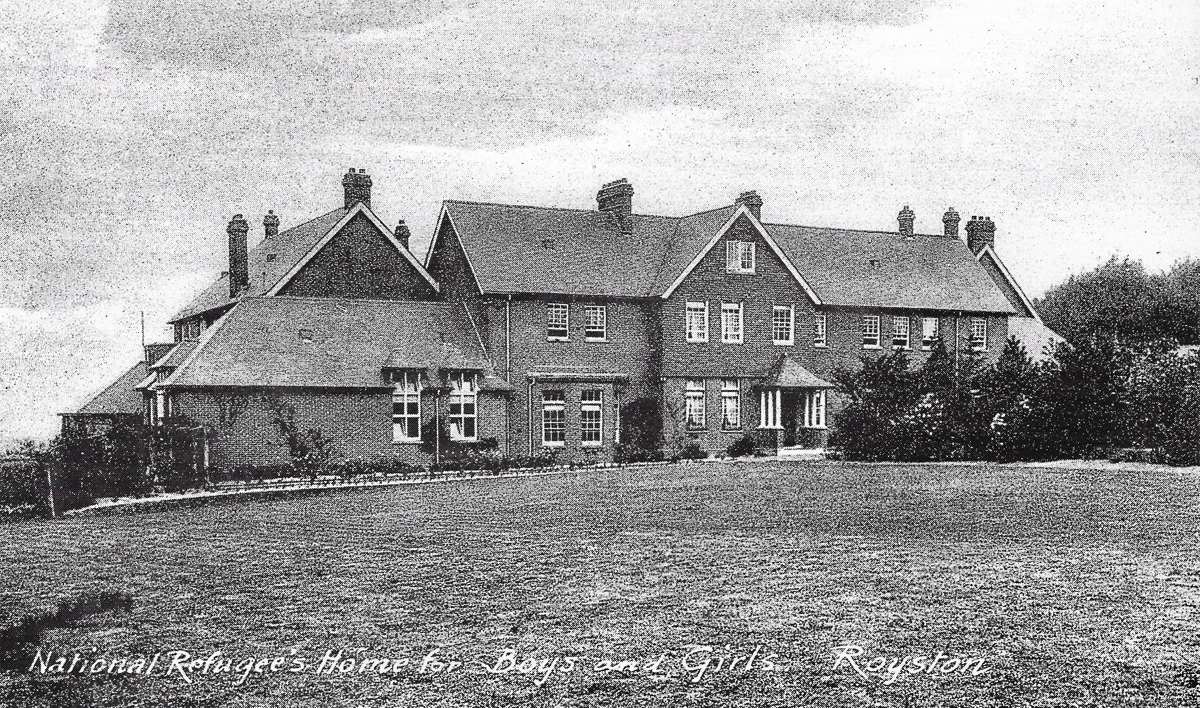
The south-east elevation, approached from the Barkway Road
Photograph : Robert H Clark
A year later in 1907 a local builder, Messrs Jacklin and Co., obtained the contract to build the home. The price was set at £6,435.
Situated in a commanding position on the elevated ground between the Barkway Hill and the Stile plantation, the Home afforded a magnificent view of the surrounding country across the vale of West Cambridgeshire into Bedfordshire and Huntingdonshire in front, and across the hills of the Heath to the left, while it overlooks the town below. The accommodation was for 60 pupils.
The building was completed in 1908 with the first group of 45 schoolgirls arriving in July that year.
The accommodation
Set in five and a half acres and of red brick, with tiled roofs, it allowed the following accommodation.
On the ground floor -
Two class rooms and day room, so arranged that they can be thrown into one large hall, about 65ft. by 20ft., for addresses, social functions, etc.
Dining-hall, with tables to seat family parties of eight, with a matron at the head of each table.
Sewing-room, a quiet room, lavatories, a kitchen, scullery, a larder, and ample stores.
On the upper floor -
Five dormitories to contain 11 to 14 beds each, with an assistant's room adjoining and overlooking each dormitory.
The matron's bedroom is in the centre, and speaking (through?) to communicate with each of the assistants' rooms.
Two lavatories and bathrooms, hot linen store, and cupboards.
There is an infirmary for eight beds, with its own ward, scullery and bathroom, and this can be entirely isolated from the main building. The out-houses from the main building comprise a well-equipped laundry.
Early life at the school
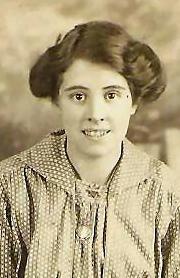
In the 1911 census Florence Beatrice Kempster was recorded as an employee of the school.
Photograph : Ancestry UK
The formal opening took place on Friday, 13th November. With the first Christmas fast approaching, the local community had arranged and collected gifts for the little girls at the school.
Its first Matron, Miss Hendrie took the opportunity to publicly thank -
"All the numerous friends' who so kindly contributed to the children's enjoyment at Christmas. In the hurry of preparation for so large a family, one is apt to overlook a personal acknowledgment of gifts received; if this should be the case, will friends kindly accept this in lieu. Miss Hendrie was much gratified by the noble response to the appeal in the "local paper" of a few weeks ago, for toys, fruit, etc., for the 60 little ones of her family, and trusts it is an earnest of future Christmases."
The girls at the school were encouraged to take part in the Royston community and in 1910, under the matronship of Miss Hughes they took part in a programme which was reported in the Royston Crow on Friday, 14th October.
"National Refuge for Homeless and Destitute Children.
"The Society purpose holding a meeting the Town Hall on Tuesday, Nov 8th, when the programme will include a cantata by the children from the Society’s Home on the Barkway Road; bugle calls and hornpipe dances by from boys the Society’s training ship, Arethusa, and short address by one of the secretaries, illustrated with lime-light views. Mr. D. A. Bevan, J.P., is expected to take the chair and he will be supported by Mr. A. R. Fordham."
An Australian visitor
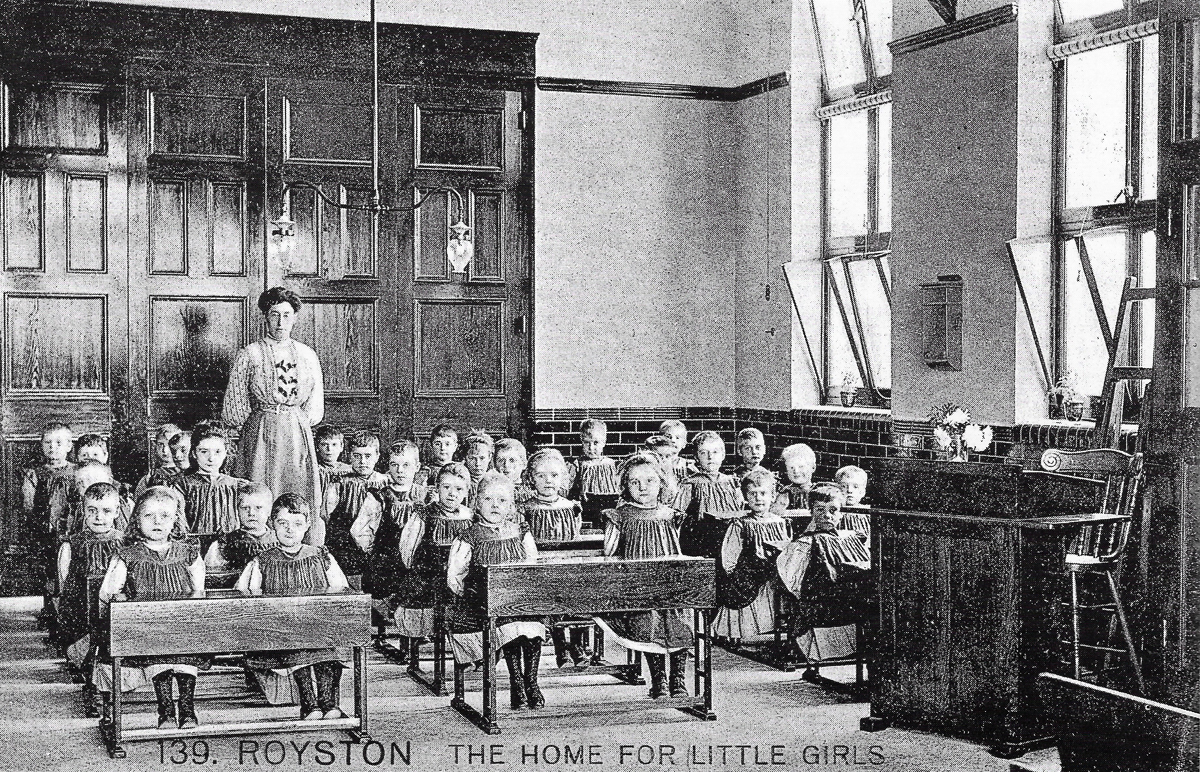
Photograph : Robert H Clark
It was during the First World War that an Australian soldier, Corporal W J Farrell of the 55th Battalion, Australian Imperial Forces convalescing at the auxiliary hospital in Queens Road, visited the site of the school and wrote this tribute:
"I had great pleasure in looking over the home, and finding out for myself the conditions under which the children live, and I may say that I never saw such a well kept home in all my visits to such institutions in Australia, and I have visited many. One thing especially that strikes one is the cleanliness of the buildings and surrounding grounds, each ward has from twelve to sixteen beds and opens out into a fire proof staircase.
"The wards are kept scrupulously clean, each child makes her own bed, and assists, if big enough, to keep the wards clean. They are not alone at night, as an adult nurse always is in a room adjoining with a window overlooking each ward. On visiting the schoolrooms, the children all rose and together and said “Good Morning”, a courteous greeting never taught in homes in Australia.
"They sang different songs, and I was much struck with their beautiful voices. Altogether they are happy little band. Anyone who has visited homes in Australia and has visited this home in Royston will agree with me that there is no comparison. I wish the home all the success it undoubtedly deserves."
The school closes
During the First World War women proved themselves as employees in other occupations. As a result the need to train for domestic service declined and, with the lack of admissions, the School for Little Girls had to close. It reopened in 1929 and was to become known locally as the Shaftesbury School for Boys.
Finally closing on the 31st July 1993, the land was sold for development of new homes in what is now Limekiln Close.